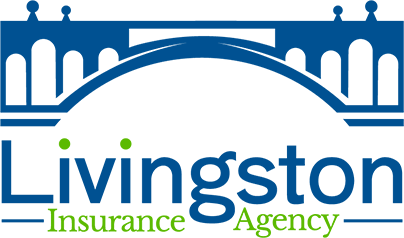Flood Insurance: What You Need to Know
For the purpose of flood insurance, a flood is considered an excess of water on land that is normally dry, affecting two or more acres of land or two or more properties. Flood is typically not covered under a homeowners, rental home, or commercial property policy. However, flood is typically a covered loss for your auto insurance if you have comprehensive coverage.
To have flood insurance coverage, you need to purchase a stand-alone flood policy. This can be purchased through either the National Flood Insurance Program (NFIP) or through the private market (we represent Johnson and Johnson Insurance Company). Flood insurance is not a one size fits all, especially with the NFIP. The foundation of a home and the proximity to water affects how coverage is price and applied. So be sure to read your flood policy in detail to know what is covered. The NFIP has the policy forms on their website for a home/rental home, a commercial property, and a residential condominium building association.
Some good news…if you live in a low/moderate flood zone some insurance carriers have recently started offering Inland Flood Coverage on their homeowners policies for a nominal premium. An inland flood is when:
- streams or rivers overflow and partially or completely cover normally dry land
- there is unusual rapid rain accumulation, runoff or snowmelt that doesn’t drain away or soak into the ground
- water carries mud and becomes a mudflow.
A pipe freezing in your home, bursting, and flooding your home is not considered a flood.
If you are interested in a flood quote or inland flood coverage, let us know! We are happy to discuss your options with you.

